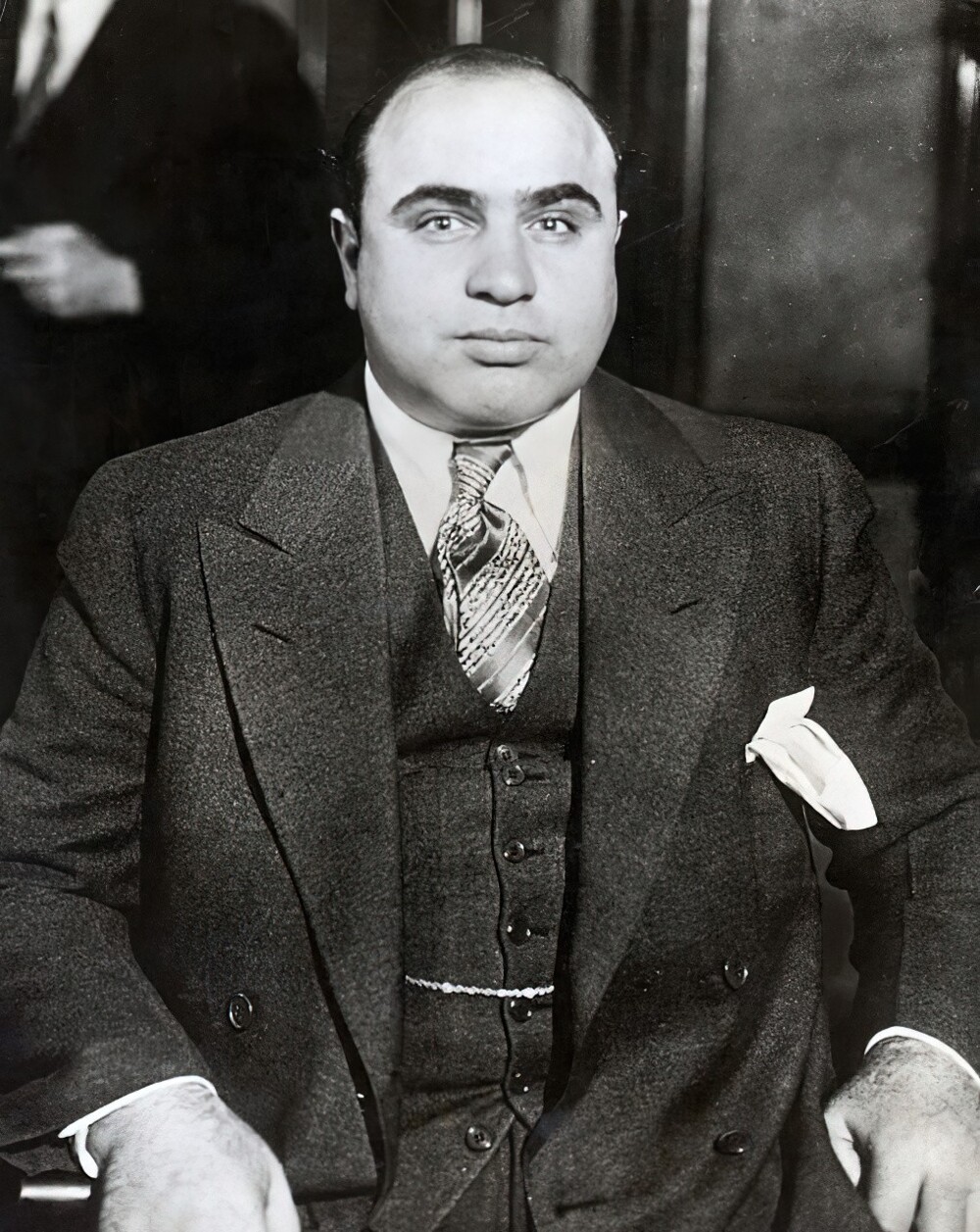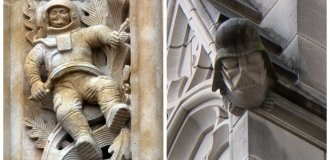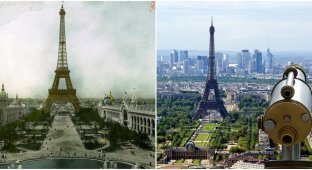In the 1920s, a swindler managed to pull off an unusual scam - so clever that she went down in history. He pulled his business victims in the "purchase" of the Eiffel Tower, which the authorities allegedly decided to sell for scrap - and not once, but twice! This person's name was Victor Lustig. 
Viktor Lustig was born in Austria-Hungary in 1890. Family moved to Paris, where he went to school. A little later, it began his life of crime. By the end of school, Victor was eloquent, witty and attractive young man (despite the scar on his cheek, obtained from a jealous rival), fluent in five languages and possessing all the makings of a professional fraudster.
Beginning of criminal activity 
Justice Department report on Viktor Lustig in which he called "internationally known swindler", June 25, 1931
Victor Lustig did his first scams on board luxury liners plying between French and American ports. Posing as a man of great wealth, he quickly rubbed himself into the confidence of the richest and, obviously, not the smartest passengers. When the conversation (inevitably) turned to how he had achieved such financial heights, he secretly admitted that he simply prints money - with the help of a special device, which he carries with him everywhere.
Naturally, people really wanted to see this amazing device. Lustig invited them to his cabin and showed them machine that prints 100 dollar bills. The only problem was that it took six hours to print one bill. Lustig again invited his dear friends six hours later, showing them a bill coming out of the machine, and again six hours later, when another legible $100 bill was printed.
Having seen "with my own eyes" the production of two 100-dollar banknotes that were simply indistinguishable from real ones, Lustig's victims and of their own greed, they began to ask to sell this device to them. Lustig after small negotiations, he sold the machine at a price of 10 to 30 thousand dollars (and once even for 47 thousand). Happy owners of the wonderful devices pretty soon realized that in fact the device was a snag, and Lustig himself put the “printed” banknotes into it. But by then the scammer had already disappeared along with their money.
Eiffel Tower scam 
Eiffel Tower, 1909
The newspapers then wrote that some activists were calling for tear down the Eiffel Tower and there is talk of leaving it or destroy. Viktor Lustig made a fake ID civil servant and invited scrap metal companies to a meeting in a beautiful hotel. He pretended to be the Deputy General Manager Ministry of Posts and Telegraphs and told businessmen that the Eiffel the tower is too expensive for the city and does not fit with others landmarks such as the Arc de Triomphe. Therefore, her decided to sell for scrap at a closed auction.
At this meeting, Lustig paid special attention to the young businessman André Poisson. He understood people well and saw that this person really wants to quickly climb the career ladder in the business world, so it's easy to get hooked. Later Lustig invited Poisson to a private meeting and convinced him that for a bribe will contribute to the fact that the Eiffel Tower will be sold to companies Poisson. He believed, agreed and paid Lustig about 70,000 francs.
Lustig immediately left Paris and settled in Austria for a year, to ride out the storm. However, no storm followed - throughout apparently, Poisson did not report the fraud to the police, fearing shame and scandal. Naturally, about a year later, Lustig decided return to Paris, where no one was looking for him, and a field for activity it was still uncultivated.
When he returned, he decided to pull the same scam again. At first it seemed that everything was going like clockwork, but the new buyer Intuition worked and he informed the police about his suspicions. Not while waiting to be arrested, Lustig fled to the United States.
Life in the New World 
The fact that he almost fell into the hands of justice does not stopped. Having fled to the United States, Victor Lustig plunged headlong into a criminal life. He was attracted not only by financial gain, but also by the desire to outsmart others. He managed to fool even a famous gangster around his fingerera al Capone! It happened in 1925.
Lustig arranged a meeting with Capone, who was then 26 years old, in a Chicago hotel, and persuaded him to invest $50,000 in a scheme get rich quick. He promised to double the amount in a couple of months or even faster. He is said to have returned the full amount to Capone after 60 days, stating, that his big deal fell through. Capone, impressed by this "honesty" and believed Lustig's story that he was ruined, gave swindler $5,000 for a new investment. Lustig just pocketed money and left town.
In the US, Lustig became a professional counterfeiter, and spread out very wide. For the time being, everything went smoothly for him, but five years later, he still attracted the attention of federal agents. His arrested in New York on May 10, 1935 on charges of counterfeiting money. By the way, his mistress handed him over to the authorities, having learned that he was cheating on her.
Lustig sentenced to 20 years in island jail Alcatraz. He died in the prison hospital on March 11, 1947 from pneumonia.
Add your comment
You might be interested in:























